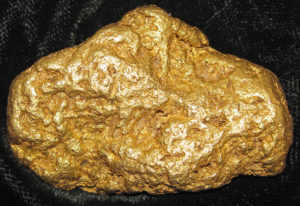JSW Steel Ltd, India’s most valuable steelmaker, announced its plans to overhaul its US operations. The decision comes at a time when a vision of profits is far from clear.
Two years ago, the company had planned to invest $1 billion in the US to strengthen its global reach. An economic slowing and tariffs inflicted by President Trump, and then the outbreak of the pandemic put an end to the expansion plan.
The company says it will spend the coming year “structurally fixing” its facilities since the coronavirus has caused “the lowest spread of US steel prices seen in the last decade,” said Parth Jindal, the director of US operations.
“Our plan is to reduce the losses and be extremely frugal and focus on completing these projects,” Jindal added. “From next year onward, we truly believe the U.S. operations will be well-positioned to be earnings accretive to JSW Steel.”
JSW has also hired a new CEO for its US division. Mark Bush replaced the previous CEO, John Hritz. Hritz will take over leading strategy and legal affairs.
The JSW Group is still fighting with the Trump administration over import tariff waivers. Nevertheless, when asked if the company would eventually pull its business out of the US Jindal answered that JSW is “very committed” to staying in the US.
“Once the modernization projects are completed and we bring down our cost curve, then we see no reason why the U.S. business can’t generate positive earnings,” he said. “It still remains an important part of our organization and all efforts are on to turn around the operations at the moment.”



